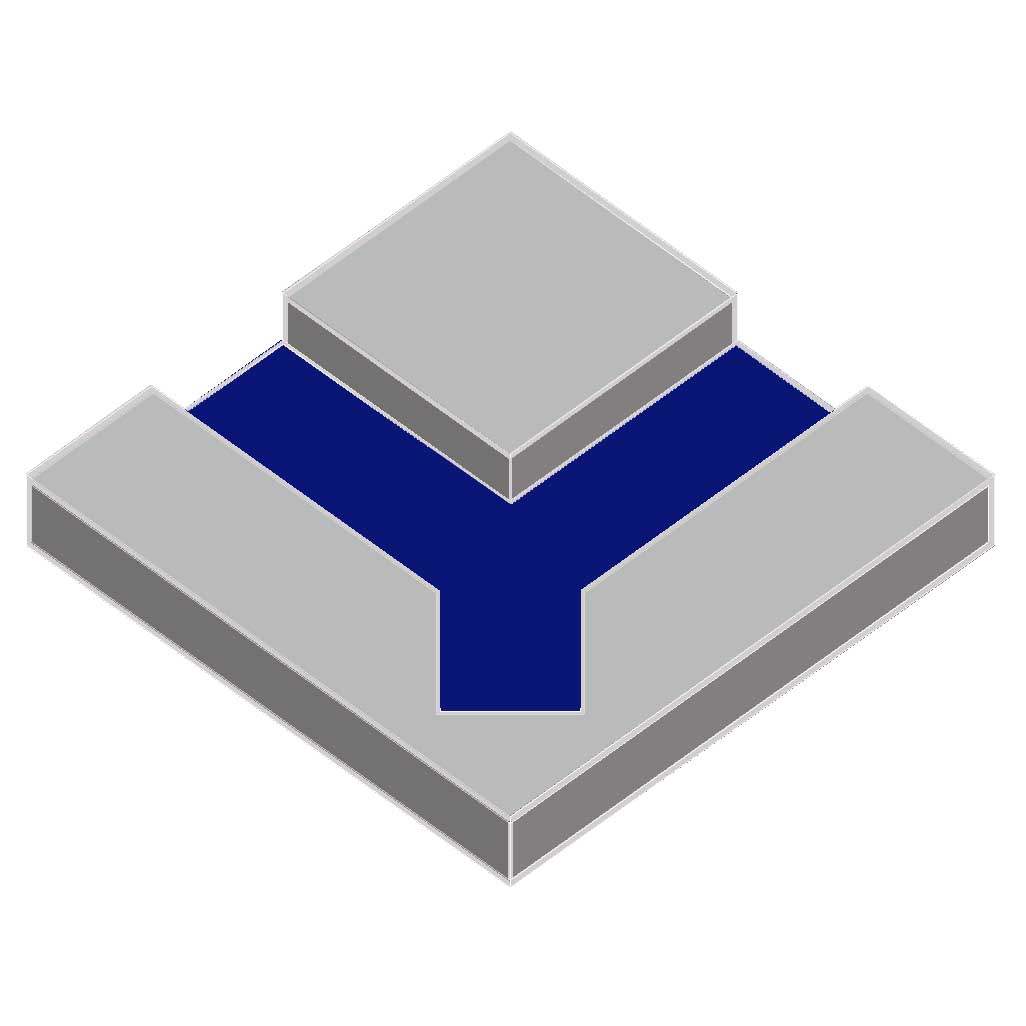
Privacy statement: Your privacy is very important to Us. Our company promises not to disclose your personal information to any external company with out your explicit permission.

Hong Kong RYH CO., LTD

![]() August 21, 2018
August 21, 2018
01
Use a sharp blade to reduce the cutting force of a CNC Milling machine. Clip blades are divided into coated and uncoated blades. Uncoated blades are usually sharper than coated blades because the blade must be passivated (ER) if it is to be coated. Because the sharp edge will affect the coating in the edge of the bond strength.
02
With a constant cut depth, the use of a small nose radius can undoubtedly reduce cutting forces, especially radial cutting forces, which are the main cause of slippage of slender rod-type tools or workpieces. Whether crashed or milled. At the same cutting depth, the larger the radius of the tool nose, the greater the tendency of the elongated shank to vibrate.
03
Cut depth can be selected, to avoid cutting depth is equal to the tip radius.
04
For key sharpening of sharpened sharpened slender shanks, or for turning of slender shanks, use of a tool with a 90 ° primary declination facilitates vibration suppression. Regardless of the turning lathe slender shaft, or slender knife bar keyhole, always 90 °, the main angle of the tool to produce the smallest radial cutting force. At the same time the blade edge produces the greatest axial force.
05
For slender rod cutter, round blade cutter most conducive to vibration suppression. In contrast to milling cutters, the main declination angle is closer to 90 ° and the larger the radial cutting force is, the more the sharpening tool vibrates. Therefore, CNC milling machine in the mold deep hole surface milling, usually 45 ° main angle milling cutter, if the cut depth is less than 1mm. Often used round blade cutter or ball knife.
06
CNC milling machine using slender rod end mill milling deep cavity. Often used interpolation method. Insert milling is the same as the tool bit into the axial tool, when milling the deep cavity. Normally, the pole length is greater than 3 times the diameter of the shank. We recommend to use the axial feed interpolation interpolation method. However, the end mill cutter blade has a radial width of the cutting edge. Tool suppliers have technical data to prove the maximum cutting edge width of the knife.
07
In the thin-walled workpiece milling. The reason for the vibration comes entirely from the workpiece, which is called a box or bowl. Since the vibration comes from the workpiece itself. So in the processing of such parts milling, mainly to improve the workpiece clamping based.
08
In bore boring, blade blade angle as small as possible. Vice-main angle so big, vice edge and the surface to be processed fibrillation contact area is small, it is difficult to vibrate into vibration. Deputy cutting edge crumbs also small opportunities.
09
If the face cutter with spatter unequal distance milling cutter, you can reduce the milling vibration. "Tooth" here means a blade. The same diameter of the face cutter (such as 100mm). If their three cutting elements are equal, then the five blade cutter plate must be 10 blade cutter force generated by 50% smaller.
10
Use front and rear corner blades. Coupled with the brisk breaking groove. Such blade cutting or milling in the cutting wedge minimum angle, of course, cutting light.
11
Adjust cutting parameters. Adjusting the cutting parameters may only be effective if the cutting vibration is not serious. The general adjustment method is as follows: Reduce the speed of the tool or workpiece rotation, reduce the depth of cut and improve the tool per turn or milling cutter shame walking amount. In the process of internal thread turning vibration, thread cutting can be completed to reduce the step of 1 to 2 knife.
12
Reasonable arrangements for the path of the knife. Reasonable arrangements for the path of the knife, for milling is very important. Milling down milling and vertical milling of the points. Traditional milling theory describes the use of inverse milling is conducive to reducing milling vibration, in fact, is conducive to the suppression of screw vibration generated by the gap. Today's milling machines are mostly equipped with ball or roller screws. So anti-milling vibration of little significance. Whether it is straight milling or vertical milling. As long as the direction of milling force and workpiece clamping direction, it will help eliminate the vibration of the machined curved plate parts.
The above is the How to reduce the CNC milling vibration? we have listed for you. You can submit the following form to obtain more industry information we provide for you.
You can visit our website or contact us, and we will provide the latest consultation and solutions
Send Inquiry
Most Popular
lastest New
Send Inquiry

Privacy statement: Your privacy is very important to Us. Our company promises not to disclose your personal information to any external company with out your explicit permission.

Fill in more information so that we can get in touch with you faster
Privacy statement: Your privacy is very important to Us. Our company promises not to disclose your personal information to any external company with out your explicit permission.